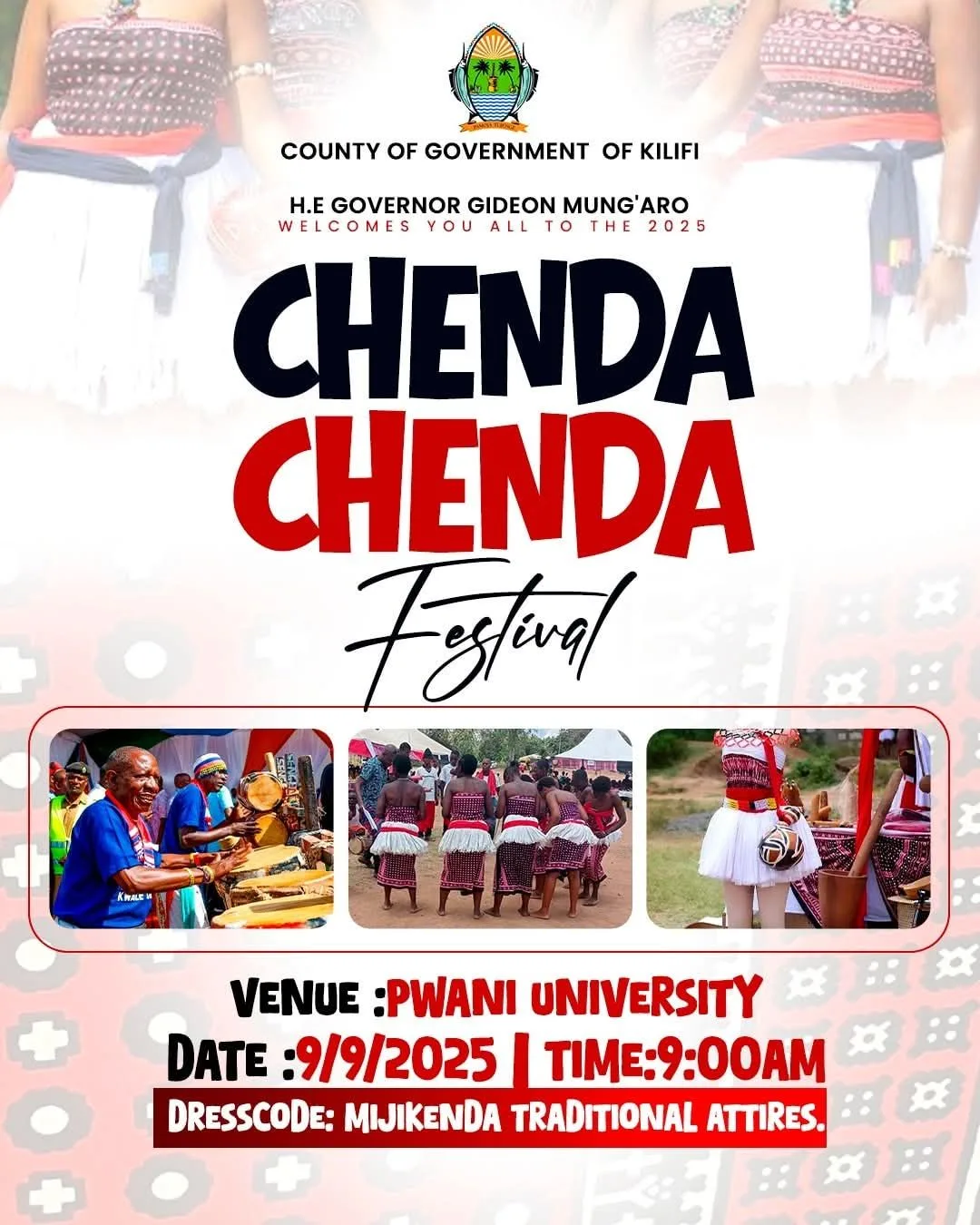

Vigango
The Unique Art of the Mijikenda People
The Mijikenda are a group of nine communities living along the southeastern coast of Kenya. These communities are the Kauma, Chonyi, Jibana, Giriama, Kamabe, Ribe, Rabai, Duruma, and Digo. Each group has its own customs, but they share many traditions, especially in art. Mijikenda art is deeply connected to their culture, history, and spiritual beliefs.
Vigango: Wooden Memorial Statues
One of the most famous forms of Mijikenda art is the vigango (singular: kigango). These are wooden statues carved to honor dead members of a special group called the Gohu society, also known as the “Society of the Blessed.” Seven of the nine Mijikenda groups make these sculptures, except for the Digo and Duruma.
A kigango is usually tall and made from strong wood. The carvings on it are unique, showing special patterns that represent the traditional body markings and hairstyles of the Mijikenda people. Some patterns, like circles, symbolize important body parts such as the heart and belly button.
In the past, these statues were placed in the middle of villages. People believed that through them, they could talk to the spirits of their ancestors and seek guidance in times of trouble, such as during sickness or drought. However, as villages moved due to farming needs, the original vigango were left behind. New and simpler wooden figures, called vibao, were then made to replace them.
Fingo: Sacred Protective Charms
Another important part of Mijikenda art and culture is the fingo. These are special objects that people believe protect them from harm. Fingo are buried in sacred forests called kayas and are guarded by elders. According to tradition, these charms originally came from Shungwaya, the ancient homeland of the Mijikenda.
Different Mijikenda groups use different forms of fingo. For example, the Giriama use large stones, while other groups use pots filled with special medicines and magical charms. Each kaya has fingo buried at its entrance and exit to keep evil away and protect the people inside.
Modern Recognition and Repatriation
In recent years, vigango have become famous worldwide. Many museums and private collectors have taken them, sometimes without permission from the Mijikenda people. Because of this, efforts have been made to return them to Kenya.
For example, in July 2023, the Illinois State Museum in the United States gave back 37 vigango to the National Museums of Kenya. These statues will be returned to the Mijikenda communities, recognizing their cultural and spiritual importance.
The Mijikenda people express their identity and beliefs through art. Their sculptures, like vigango, and their protective charms, like fingo, keep them connected to their ancestors and traditions. Even as times change, these cultural symbols remain a vital part of their heritage, ensuring that their rich history is preserved for future generations.
 Colors
Colors  Privacy Policy
Privacy Policy  Support
Support 









